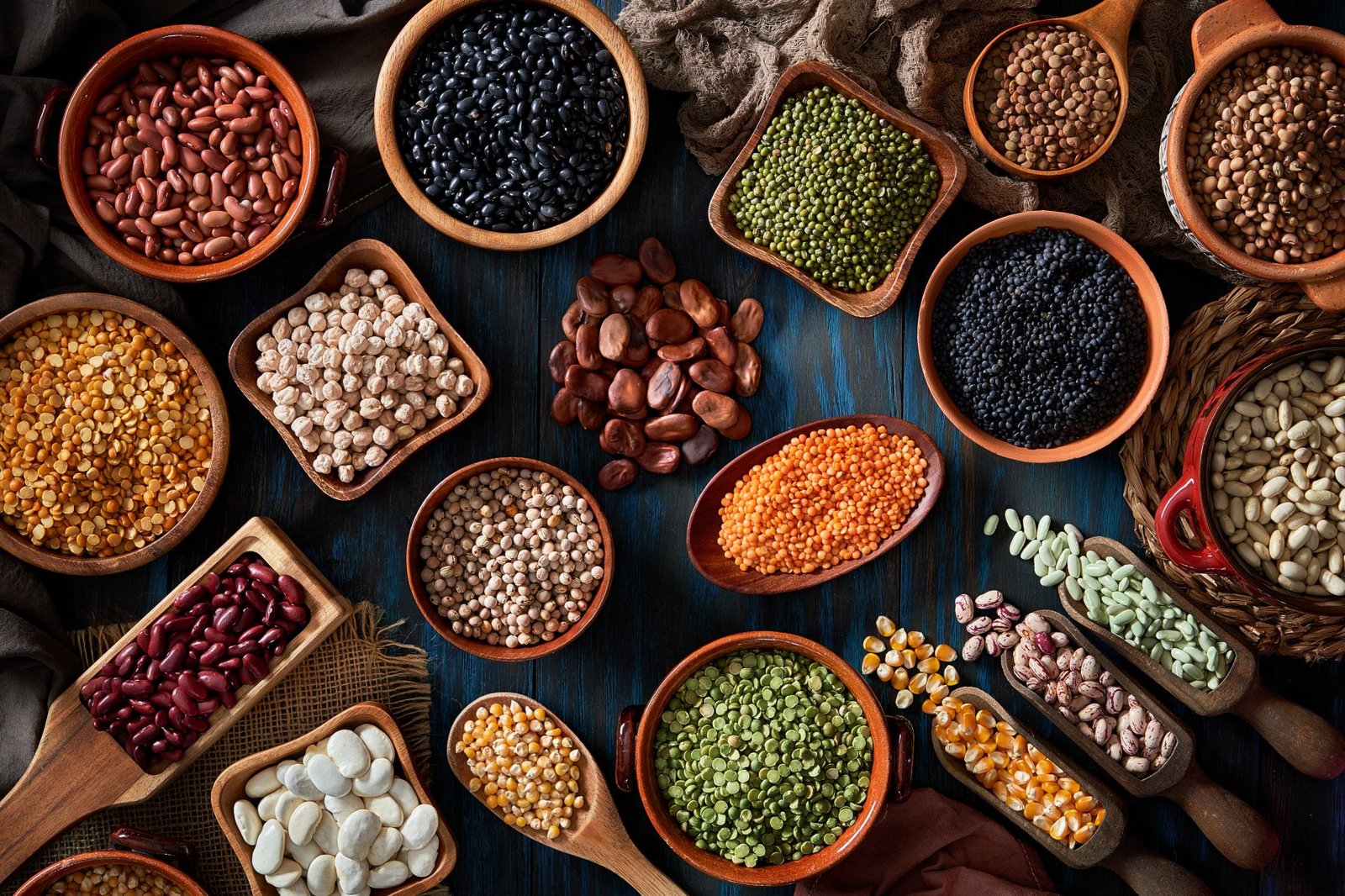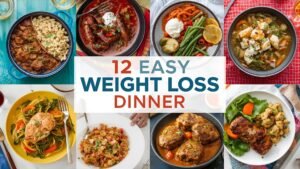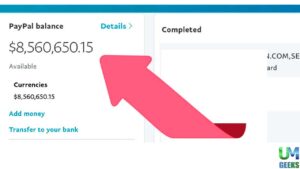Finding the perfect balance between nutrition and taste can be challenging, especially when you’re searching for High protein low fat foods that support your health and fitness goals. Whether you’re looking to build lean muscle, lose weight, or simply maintain a healthier lifestyle, incorporating protein-rich, low-fat options into your diet is essential. High protein low fat foods offer the best of both worlds: they help preserve and build muscle mass while keeping calories in check.
These nutritional powerhouses support satiety, boost metabolism, and provide sustained energy throughout the day. From lean meats and fish to plant-based alternatives, there’s an abundance of delicious options that can transform your meal planning and help you achieve your wellness objectives. In this comprehensive guide, we’ll explore the top high protein low fat foods, their nutritional benefits, and practical ways to incorporate them into your daily routine.
Why Choose High Protein Low Fat Foods for Optimal Health
High protein low fat foods are nutritional champions that offer multiple health benefits. Protein is essential for muscle repair, immune function, and hormone production, while keeping fat content low helps maintain a healthy calorie balance. These foods are particularly beneficial for weight management. Protein has a higher thermic effect than carbohydrates or fats, meaning your body burns more calories digesting it. This metabolic boost, combined with protein’s ability to increase satiety, makes high protein low fat options ideal for sustainable weight loss. Additionally, these foods help preserve lean muscle mass during calorie restriction, ensuring that weight loss comes primarily from fat rather than muscle tissue.
Top Animal-Based High Protein Low Fat Foods
Lean Poultry Options
Chicken breast stands out as one of the most popular high protein low fat foods available. A 3.5-ounce serving provides approximately 31 grams of protein with just 3.6 grams of fat. Turkey breast offers similar benefits with slightly less fat content. Remove the skin before cooking to maintain the low-fat profile. Grilling, baking, or poaching are excellent preparation methods that preserve the nutritional value without adding unnecessary fats.
Fish and Seafood Varieties
White fish like cod, haddock, and tilapia are exceptional sources of lean protein. These fish typically contain less than 3 grams of fat per serving while providing 20-25 grams of high-quality protein. Shellfish such as shrimp, crab, and lobster are also excellent choices. Shrimp contains about 24 grams of protein per 100 grams with minimal fat content, making it one of the most efficient protein-rich low fat options.
Lean Red Meat Selections
When choosing red meat, opt for the leanest cuts available. Eye of round, top round, and sirloin tip are among the best options. These cuts provide substantial protein while keeping saturated fat levels manageable. Lean ground beef (93% lean or higher) can be incorporated into various dishes while maintaining the high protein, low fat profile you’re seeking.
Plant-Based High Protein Low Fat Alternatives
Legumes and Pulses
Lentils, chickpeas, and black beans are outstanding plant-based high protein low fat foods. Red lentils provide about 18 grams of protein per cooked cup with minimal fat content. They’re also rich in fiber, which enhances satiety and supports digestive health. Split peas and kidney beans offer similar nutritional profiles and can be easily incorporated into soups, salads, and main dishes.

Tofu and Tempeh Options
Firm tofu contains approximately 20 grams of protein per cup with moderate fat content, most of which comes from healthy unsaturated sources. Tempeh provides even more protein and adds beneficial probiotics to your diet. These versatile ingredients absorb flavors well and can be prepared using various cooking methods to suit different taste preferences.
Dairy and Egg-Based Protein Sources
Low-Fat Dairy Products
Greek yogurt is a standout among high protein low fat foods, providing up to 20 grams of protein per serving. Choose plain, non-fat varieties to maximize protein while minimizing added sugars and fats. Cottage cheese offers similar benefits with approximately 14 grams of protein per half-cup serving. Low-fat milk and reduced-fat cheese can also contribute to your daily protein goals.
Egg Whites and Whole Eggs
Egg whites are pure protein, containing about 17 grams per cup with virtually no fat. Whole eggs, while containing more fat, still maintain a favorable protein-to-fat ratio and provide additional nutrients like choline and vitamin D. For the best of both worlds, try combining whole eggs with egg whites in your recipes.
Also More: Apple health benefits? Science-Backed Benefits & Facts
Creative Ways to Incorporate These Foods Into Your Diet
Meal Prep Strategies
Batch cooking high protein low fat foods makes healthy eating more convenient. Prepare grilled chicken, baked fish, and cooked legumes in advance for quick meal assembly throughout the week. Create protein-packed breakfast bowls using Greek yogurt, berries, and a sprinkle of nuts or seeds. These combinations provide sustained energy and help control hunger throughout the morning.
Recipe Modifications
Transform traditional recipes by incorporating lean proteins. Replace higher-fat meats with chicken breast or white fish in your favorite dishes. Add lentils to soups and stews for extra protein and fiber. Use Greek yogurt as a substitute for sour cream or mayonnaise in recipes to boost protein content while reducing overall fat.
Nutritional Benefits Beyond Protein Content
High protein low fat foods offer more than just macronutrient advantages. Many of these options are rich in essential vitamins and minerals. Fish provides omega-3 fatty acids and vitamin D, while legumes offer folate, iron, and potassium. These foods also support blood sugar stability due to their protein content and low glycemic impact. This makes them excellent choices for individuals managing diabetes or those seeking steady energy levels throughout the day. The amino acid profiles of these foods support various bodily functions, from neurotransmitter production to immune system maintenance.
Shopping Tips for Budget-Friendly Options

Buying high protein low fat foods doesn’t have to break the budget. Purchase chicken in bulk and freeze portions for future use. Canned fish, dried legumes, and frozen vegetables offer cost-effective alternatives to fresh options. Shop seasonal produce and consider joining a wholesale club for better prices on staple items. Generic brands often provide the same nutritional value as name brands at a fraction of the cost. Compare unit prices rather than package prices to ensure you’re getting the best value for your money.
Common Mistakes to Avoid
When incorporating high protein low fat foods into your diet, avoid overcooking, which can make proteins tough and less appetizing. Use marinades and herbs to enhance flavor without adding unnecessary calories. Don’t rely solely on one protein source. Variety ensures you receive a complete range of amino acids and prevents meal monotony. Be mindful of portion sizes, as even low-fat foods can contribute to weight gain when consumed in excessive amounts.
Conclusion
Incorporating high protein low fat foods into your daily nutrition plan is one of the most effective strategies for achieving your health and fitness goals. From lean meats and fish to plant-based alternatives and dairy products, there’s a wide variety of delicious options to keep your meals interesting and nutritious. Start by choosing 2-3 new high protein low fat foods from this guide and experiment with different preparation methods.
Focus on gradual changes that you can maintain long-term rather than dramatic dietary overhauls. Ready to transform your nutrition? Begin incorporating these high protein low fat foods into your meal planning today and experience the benefits of improved energy, better satiety, and progress toward your health goals.
FAQs
What are the best high protein low fat foods for weight loss?
Chicken breast, white fish, Greek yogurt, and lentils are among the best options. These foods provide substantial protein while keeping calories and fat content low, supporting both satiety and muscle preservation during weight loss.
How much protein should I eat daily from low fat sources?
Most adults should aim for 0.8-1.2 grams of protein per kilogram of body weight daily. Active individuals may need 1.6-2.2 grams per kilogram. Focus on getting 20-30 grams of protein from high protein low fat foods at each meal.
Can I build muscle eating only low fat protein sources?
Yes, you can build muscle with low fat protein sources, but don’t eliminate all fats from your diet. Include small amounts of healthy fats from sources like nuts, seeds, and avocados to support hormone production and nutrient absorption.
Are plant-based high protein low fat foods complete proteins?
Some plant-based options, like quinoa and soy, are complete proteins. Others may be lacking in certain amino acids, but combining different plant proteins throughout the day (like beans and rice) ensures you get all essential amino acids.
How do I meal prep high protein low fat foods safely?
Cook proteins thoroughly, cool them quickly, and store in the refrigerator for up to 4 days or freeze for longer storage. Use separate containers for different foods to prevent cross-contamination and maintain food safety.








